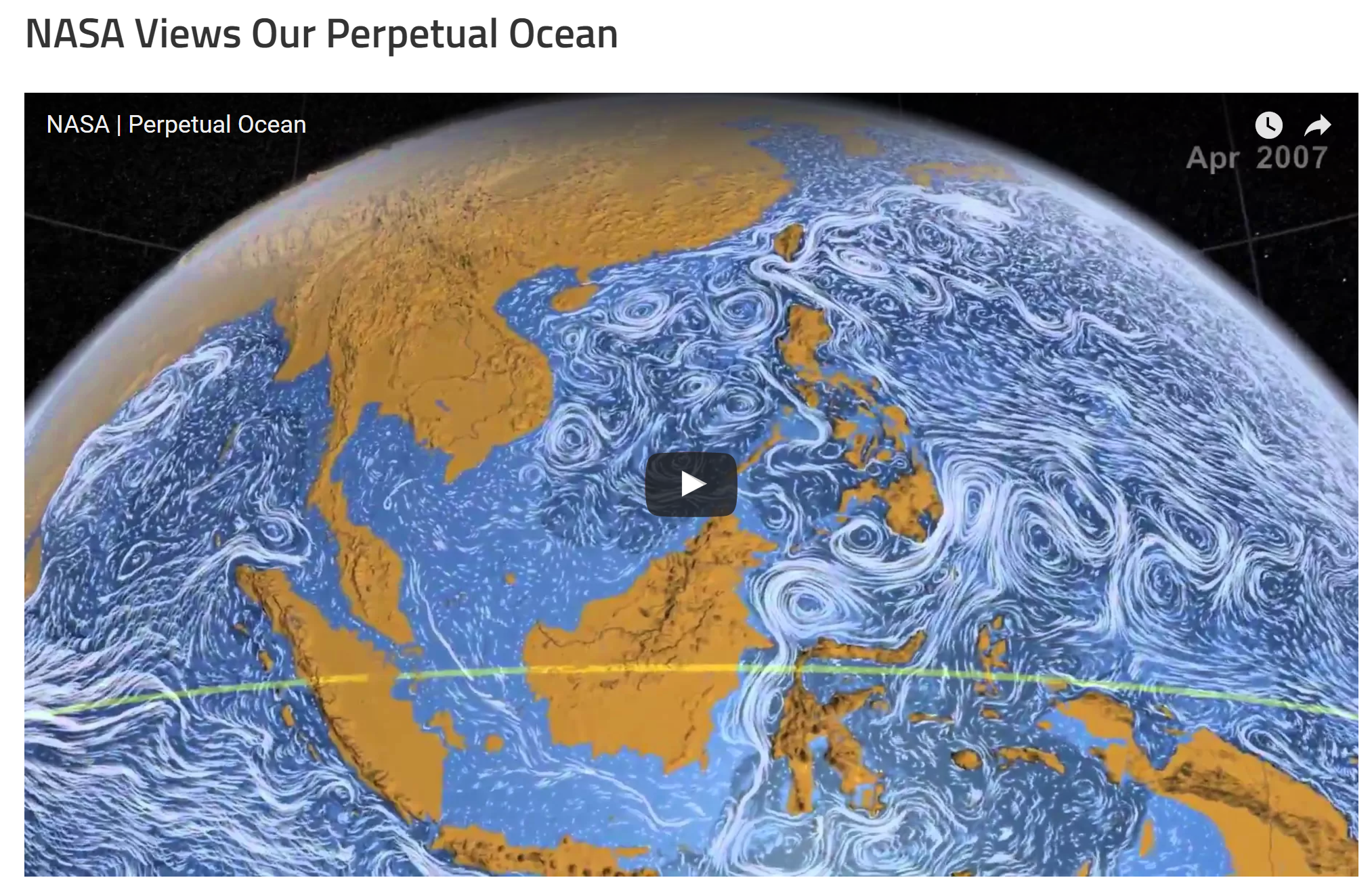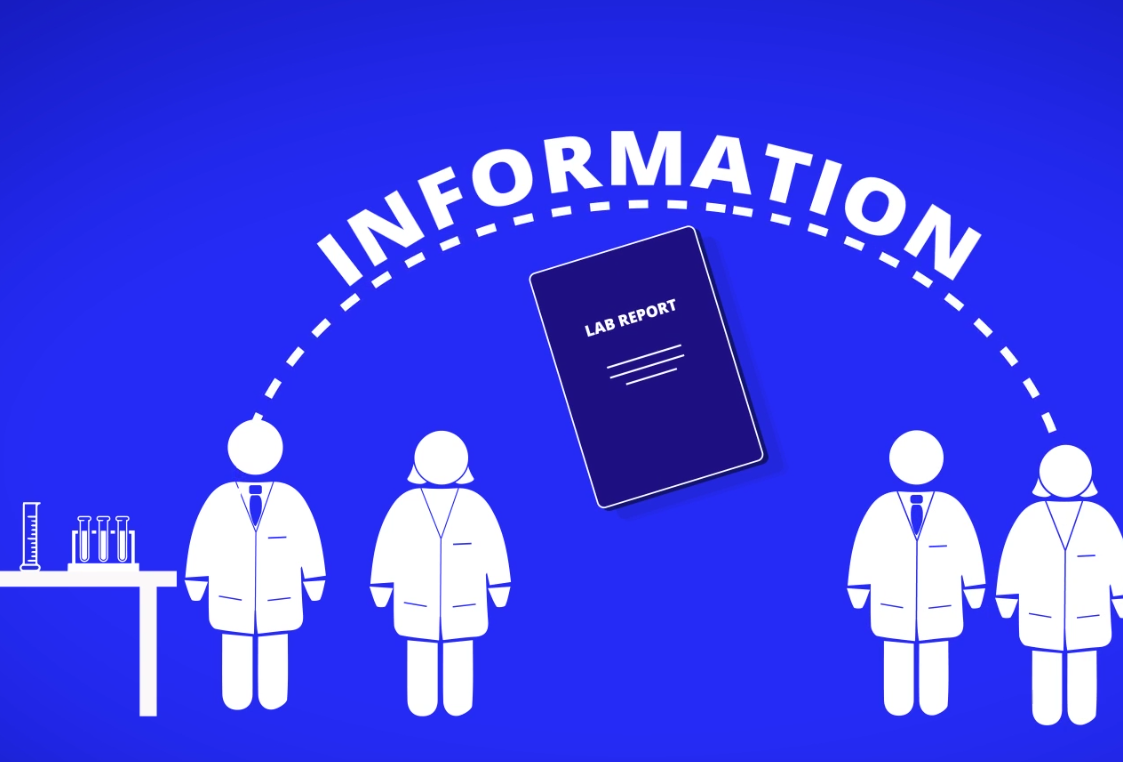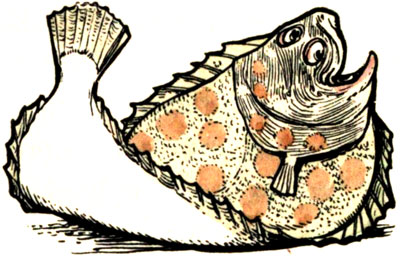
You all know how a montage works in movies. It is a series of short video clips showing progress of something. Particularly used in sports films, the montage comes when an athlete or a team is trying to overcome a difficult hurdle. They work out, do drills, practice plays, and many other things. We see short clips of them as they go through this process, often accompanied by an inspiring musical score!

Why don’t we get to walk along with them as they train? Well, part of it is that we are enjoying a movie that cannot be much longer than 2 hours (Audiences don’t like that). But the other part is that we really don’t enjoy the long, drawn out, often agonizing difficulty of the day-to-day work that is required.
You see, to accomplish anything on a large scale, we need to work hard. The process will take a long time. Whether it is training for a big event, growing a large crop of plants, earning a degree from college, or training our children.
These big things take time.

But we, in our Netflix-binging-because-we-can’t-wait-for-the-next-episode society, don’t want to endure the long process. We want it now.
Right?
Well, the same goes for things in our lives. As a mom, I really had a hard time understanding that with my children. I wanted them to potty train now. Learn their times tables now. Do their chores without reminders now.
Basically, I wanted MY LIFE to be easier NOW.
But that isn’t how it works. God, in His wisdom, knows that the process is as important as the result.
LIFE happens in the montage.

Those day-to-day experiences are the things we remember. The sweet moments when we read together on the couch. The gentle hugs we get after the discipline and reconciliation. The laughs as we come inside from the rain, carrying groceries from the van.
The “montage times” teach us about perseverance, hard work, courage, and patience. They help us to grow and mature. And they help us build relationships with our children.
Oh, it is not the easy way, definitely. But it is definitely the BEST way.
Do you feel like you are in the montage, today? Don’t spend all your time wishing you were at the end. Enjoy the process. Build those relationships as you grow together with your family.
And listen for the inspiring musical score of your household, even if it comes with an occasional scream or whine!



































